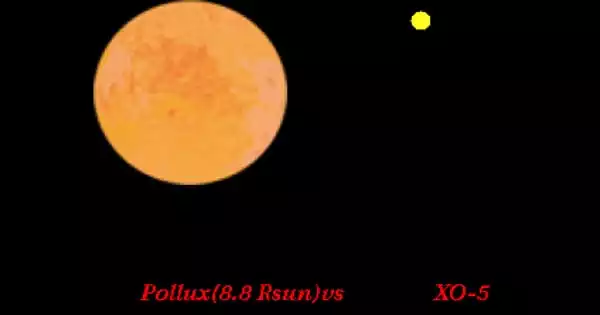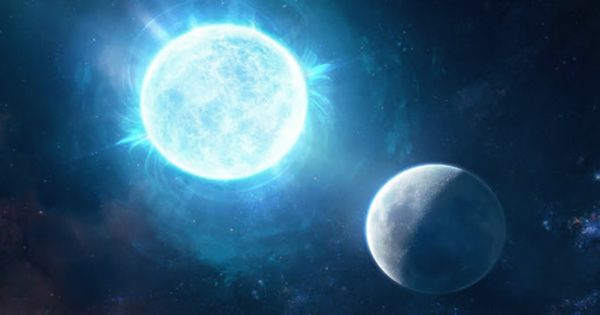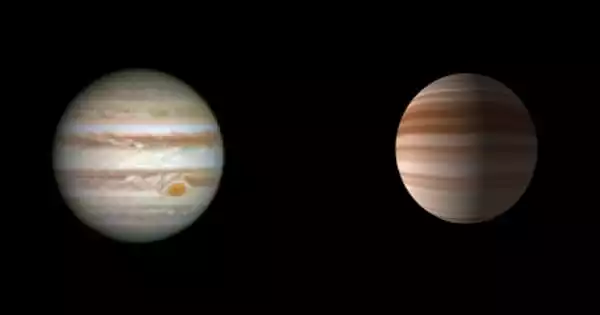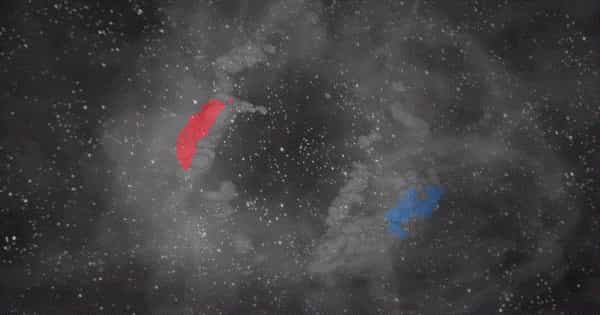Every galaxy has a supermassive black hole in its heart. The most precise representation of Sagittarius A*, the monstrous object at the heart of our own galaxy, the Milky Way, has now been created thanks to the combined knowledge of three academics studying various aspects of black holes. The accomplishment, which was published in The Astrophysical Journal Letters, combines observations of the famed black hole, whose first direct image was just recently revealed, with a comprehensive modeling of the velocity of the gas surrounding the phenomenon.
A precise explanation was lacking, but the flicker suggests that the black hole is idly consuming the gas surrounding it. Lena Murchikova, Chris White, and Sean Ressler combined their individual efforts to create the first single model that explains how gas moves in the galactic core, providing a more comprehensive view of the black hole. They discovered that rather than a steady siphoning off of the circling material, the most plausible scenario of Sagittarius A*s feeding is gas being blasted off from stars at great distances and falling into the black hole. The Institute for Advanced Study’s Murchikova stated in a statement that “the outcome turned out to be really intriguing.”
“For a very long time, we believed that we could essentially ignore the origin of the gas around the black hole. Typical models envision a man-made, approximately donut-shaped ring of gas far from the black hole. We discovered that these models generate flickering patterns that are not compatible with the observations. The information from Ressler’s stellar wind model was required for Murchikova’s second-long observations of the flickering and White’s model of the gas extremely near to the black hole. By modelling how stars close to the galactic center could be shedding material that is grabbed by the black hole, this model adds greater realism.
“The model wasn’t created with the goal of explaining this specific phenomena. The University of California Santa Barbara’s Ressler noted that success was by no means certain. So, after years of effort, it was quite exciting to see the model thrive so significantly. According to White of Princeton University, “when we analyze flickering, we can notice variations in the quantity of light released by the black hole second by second, making thousands of observations over the course of a single night.”
But unlike a large-scale picture, this does not show us how the gas is structured in space. The limits of each method of observation can be lessened by combining the two, giving rise to the most accurate image. The art offers priceless insights into the intriguing object’s surroundings. Let’s face it, the simulation is also rather cool.
















